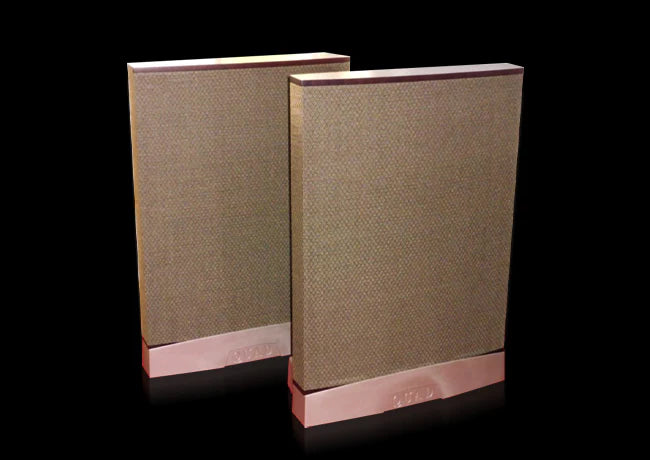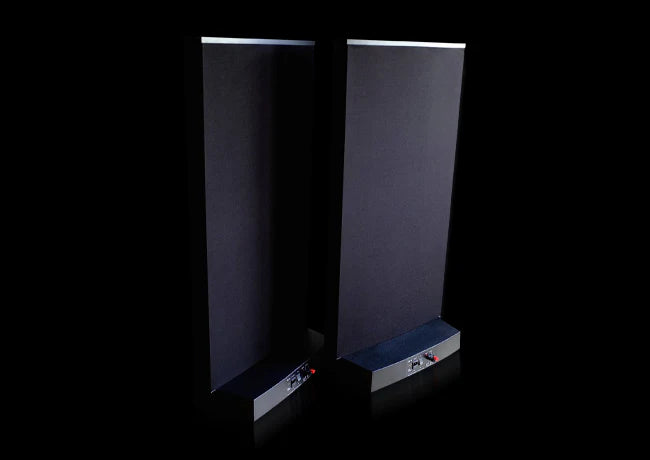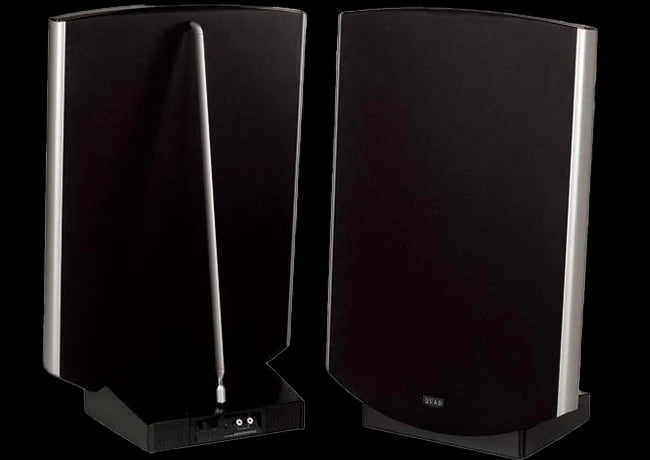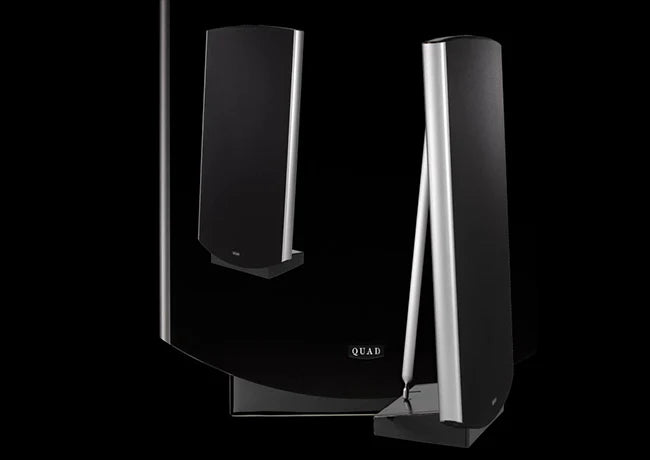Our Story
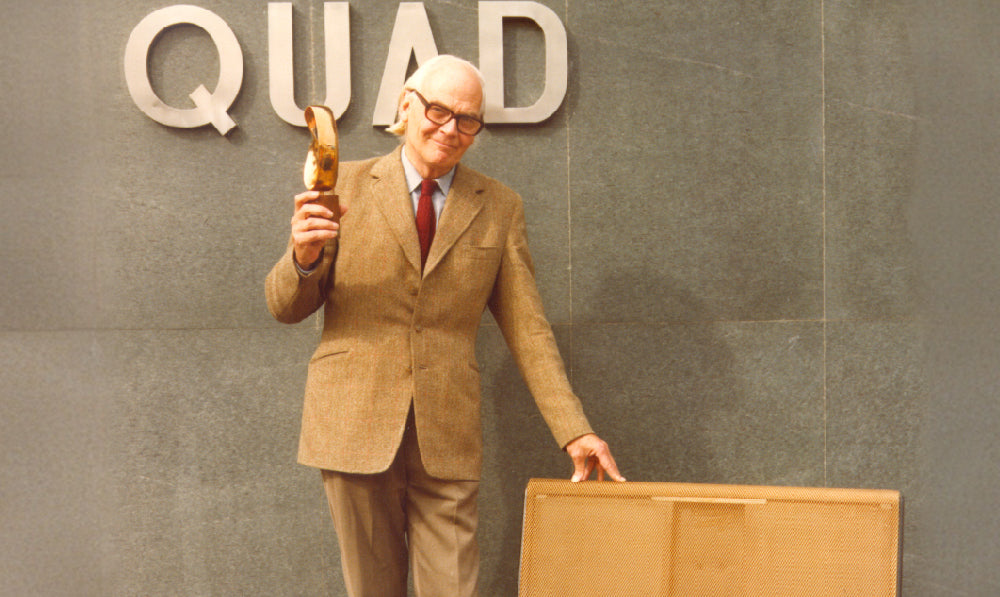
In 1941 Peter Walker moved from London to Huntingdon, Cambridgeshire in search of more modern and sophisticated facilities, and resided at the highly regarded Acoustical Manufacturing Company.
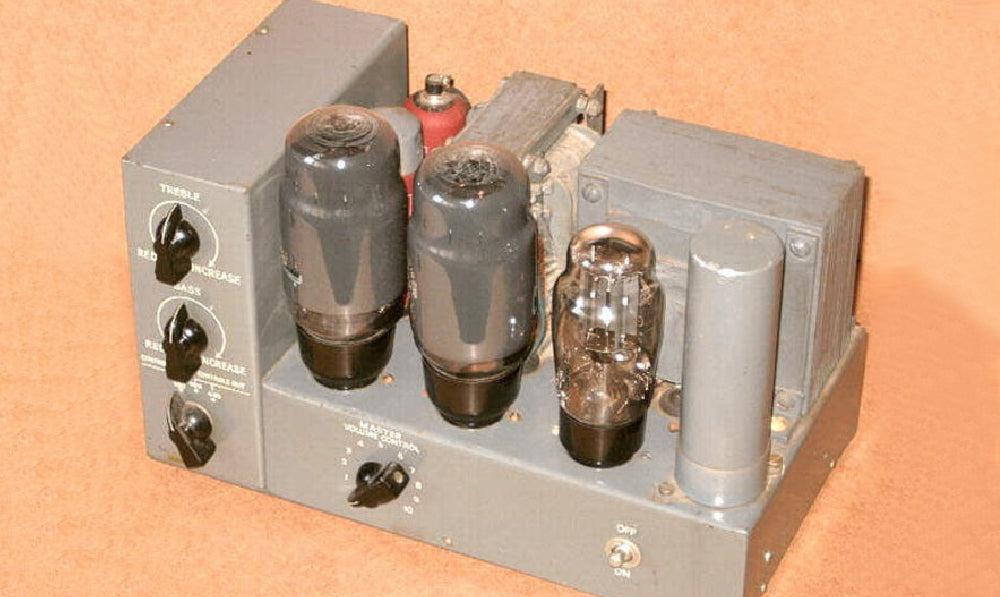
The move proved successful and to this day Huntingdon is still the home of QUAD operations, research and development. In 1948 Peter Walker set out to begin development, production and eventual release of the first QUAD products (although not known as QUAD yet) the QA12 and QA12P amplifier offered quality reproduction far superior to others on the market and was quickly adopted for use by the BBC among many other reputable studios.

A few years later in 1951, Peter Walker decided to begin designing a system more suited to the domestic market. The product which would set a new standard for amplifiers was introduced as the QUAD (Quality Amplifier Domestic), a prestigious brand name now recognized across the world.

Shortly after the success of the QUAD, the QII Pre amplifier and 15 watt power amplifier came to the domestic market. It was the first amplifier of its time to use push button input signal selection and pioneered the principle of cathode coupling through the output transformer to reduce harmonic distortion to almost negligible levels. Such was its clear superiority that this model remained a staple in QUAD production for 18 years.
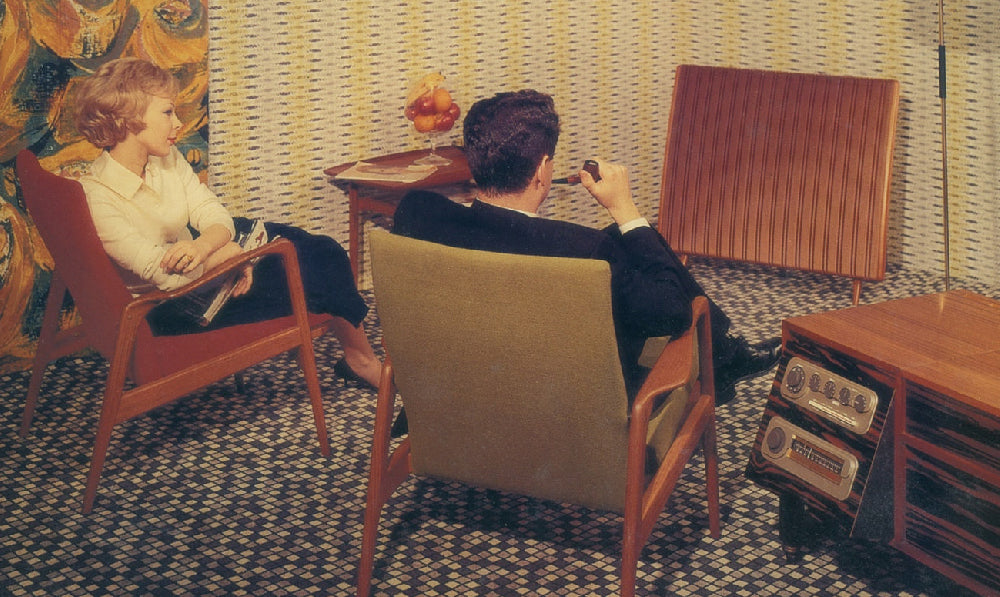
1956 saw QUAD introduce the world’s first full-range electrostatic speaker, the QUAD ESL (Electrostatic Loudspeaker), which used a thin diaphragm suspended between two metal grids to produce sound. The design was revolutionary at the time and offered significant advantages over traditional dynamic speakers. The diaphragm was able to move more freely and quickly, allowing for a more accurate reproduction of high frequencies and transients, while the electrostatic design eliminated the need for a magnet, resulting in a more transparent and detailed sound. Later known as the ESL-57, the legacy of ESL was born, resulting in this landmark product remaining in production, virtually unchanged for 28 years.
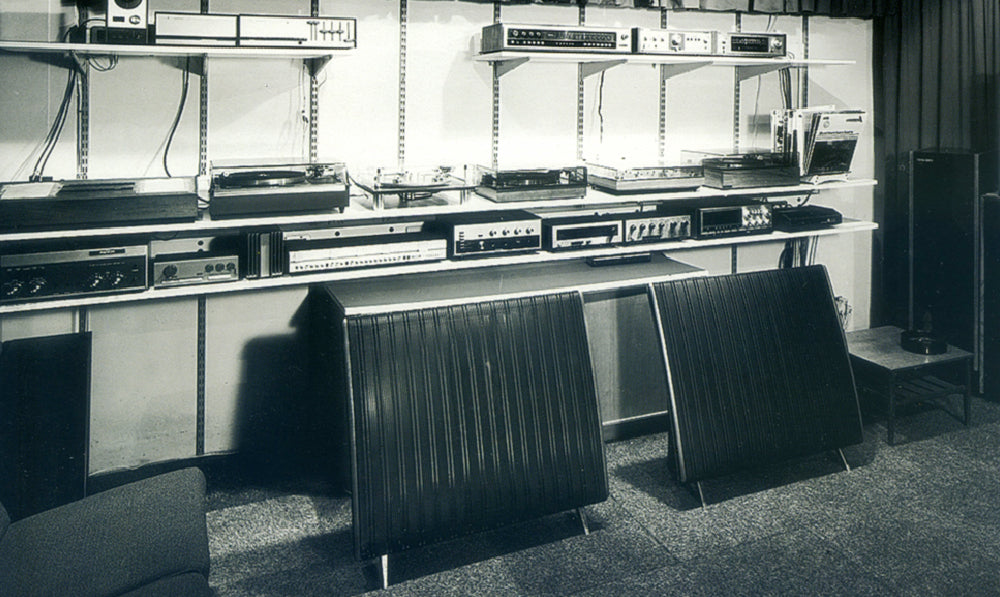
The ESL quickly established a reputation for its exceptional sound quality and became a favorite among audiophiles and music professionals. It was used in recording studios and broadcast facilities around the world, and its design influenced the development of many other electrostatic speakers.

In 1967 QUAD introduced the first transistorized amplifiers, the 33 control unit and the 303 power amplifier. These amplifiers introduced a new “Triple” output stage that solved all the thermal instability problems that plagued early transistor designs. Radical in both circuit design and appearance, it went on to win a Design Council Award in 1969 and become of the most popular QUAD combinations in the history of the brand.
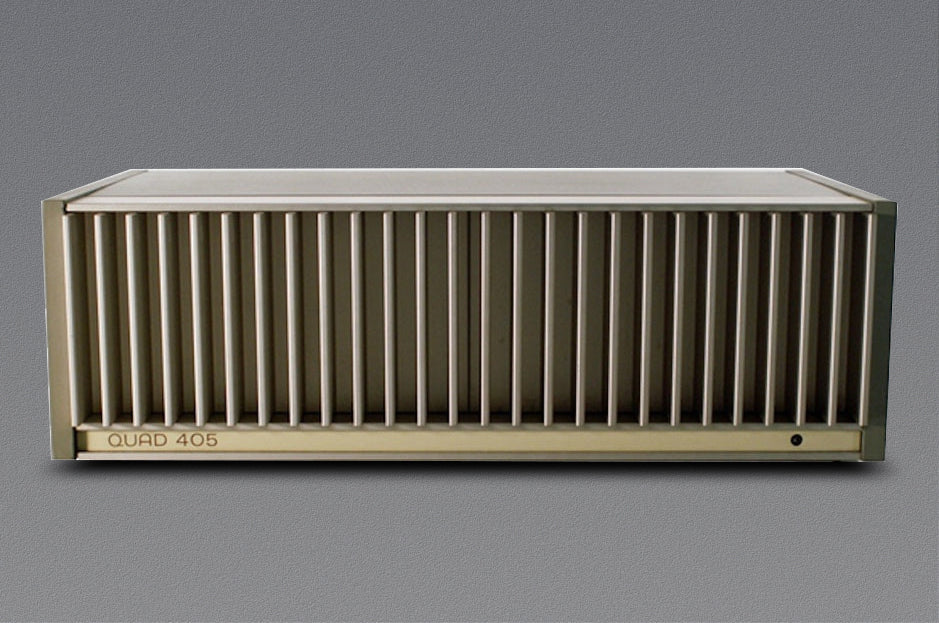
'Current Dumping' was the name given to a new power amplifier circuit design which overcame the need to use carefully selected and relatively fragile transistors to obtain optimum performance. In 1975, QUAD presented a paper to the 50th International Convention of the Audio Engineering Society on the new technique and was granted a Queen's Award for Technological Achievement. QUAD remains the only high-fidelity company to have gained this award. The QUAD 405 'current dumping' amplifier proved to be outstandingly successful and a best seller in markets as diverse as Japan, Canada and France, as well as the UK.

A new ESL had been rumored along the knowledgeable audiophiles for ten years or so, and finally in May 1981, QUAD officially took the wraps off of the ESL-63, known affectionately as FRED (Full Range Electrostatic Doublet). The ESL-63 used two sets of concentric annular electrodes fed via a sequential delay line so that the motion of the diaphragm produced a sound pressure pattern identical to that of a theoretically ideal source. The advantages of this approach were so clearly evident to those who heard the loudspeaker, that the first year's production was sold within two months of its introduction.
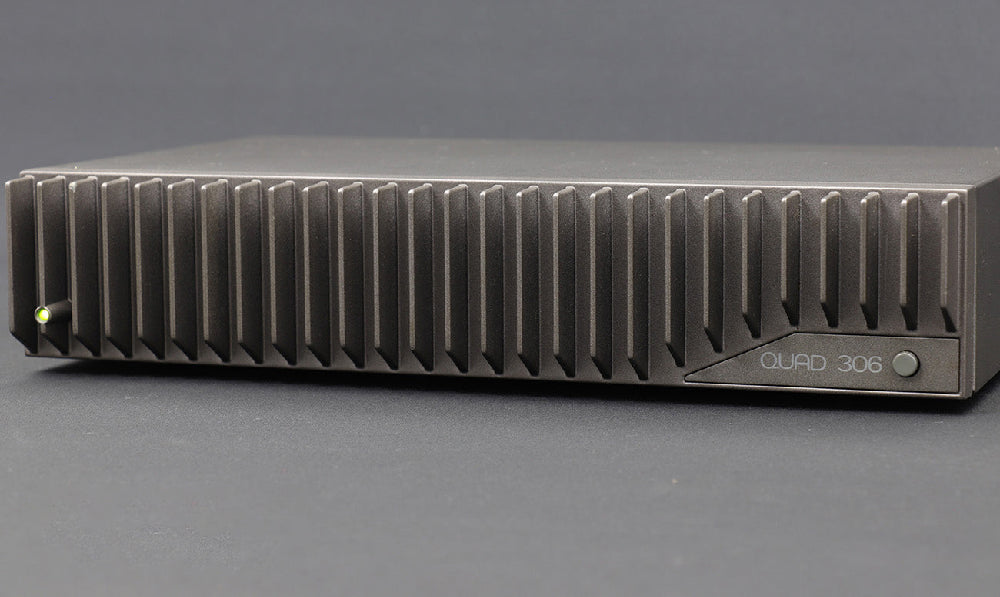
A further development of the 'current dumping' circuit resulted in the 306 Power Amplifier and in 1986 the 606 Power Amplifier, replacing the 303. The 66 Series was a step in the direction of one brand system with an ergonomically advanced remote-control system. The 66 system offered a combination of performance and ease of use which set it apart from the competition. The 66 Pre-Amplifier, 606 Power Amplifier and QUAD 67 CD player all won prestigious awards globally.
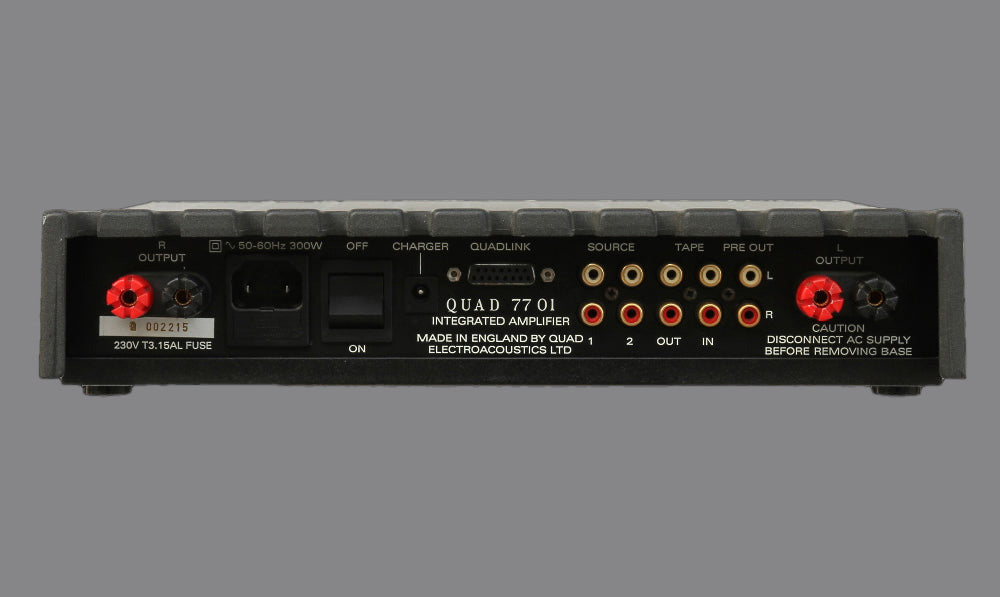
The late 80’s would see the retirement of Peter Walker who would turn management of QUAD over to his son, Ross Walker. Eventually the 77 Series was introduced and continued the combination of performance and ergonomics. The highly original and innovative two-way remote control provides the listener with a series of menus on a screen on the handset. A bus links all the units together and carries signal and command functions, a first of its kind. The QUAD 77 Integrated Amplifier won European Amplifier of the Year '95-'96, winning the approval of Europe's Hi-Fi journalists.
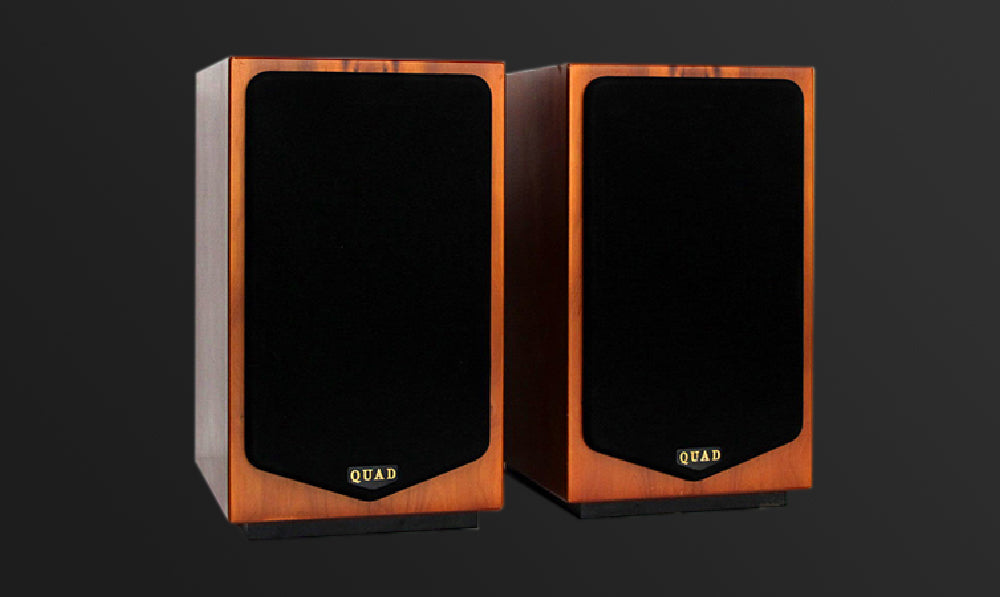
77 Series would be supplemented with a new range of moving coil loudspeakers, L Series, and accompanied by two new models of ESL, ESL988 and ESL989
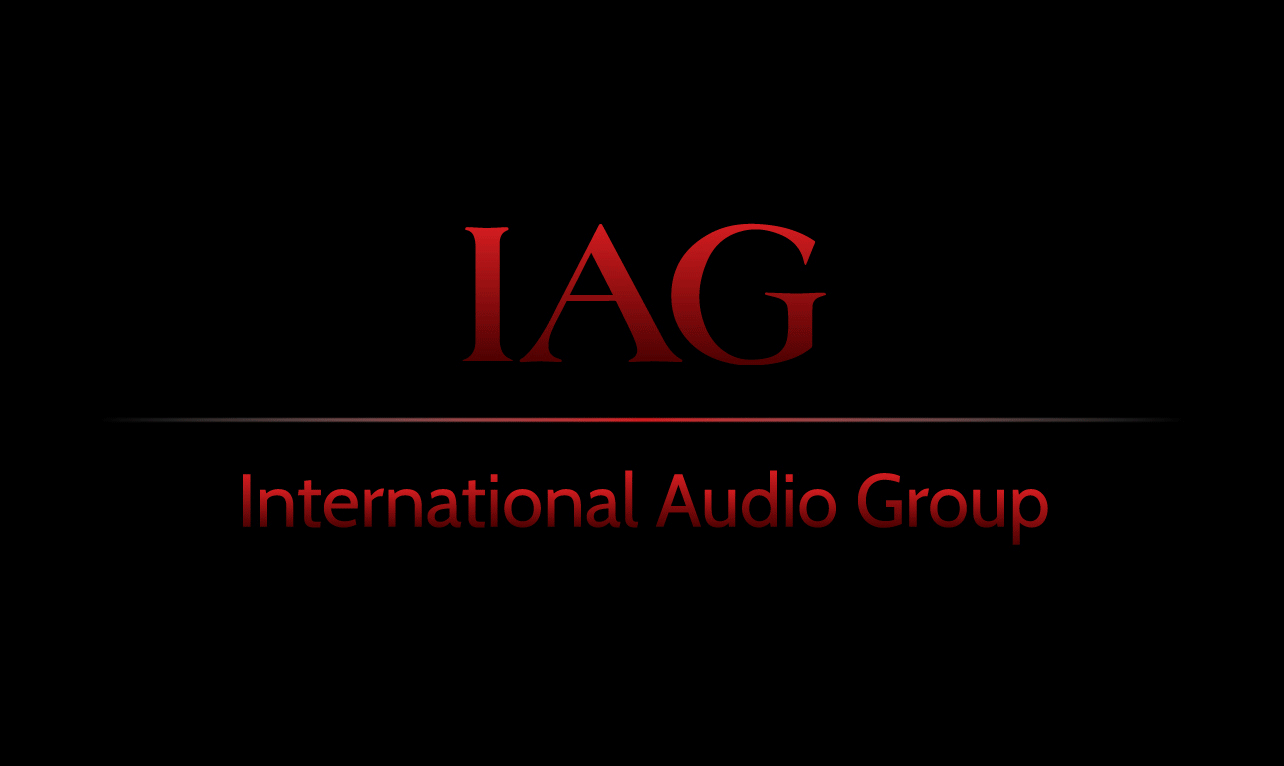
In September 1995, QUAD was acquired by the Verity Group Plc, joining a stable of brands including Mission, Wharfedale, and Premier Percussion. With the advent of NXT technology, the Verity Group decided to concentrate solely on this area. So, in October 1997, QUAD and Wharfedale were brought together, along with the historically prominent brand Leak, and the International Audio Group (IAG) Ltd was born.
In the late 1990s, the IAG Group's early investment efforts paid off, as the 99 series and the new ESL 989 and ESL 988 loudspeakers were introduced. These products received widespread praise. To this day, the electronics design is led by Jan Ertner, the talented designer behind many of QUAD's award-winning models.
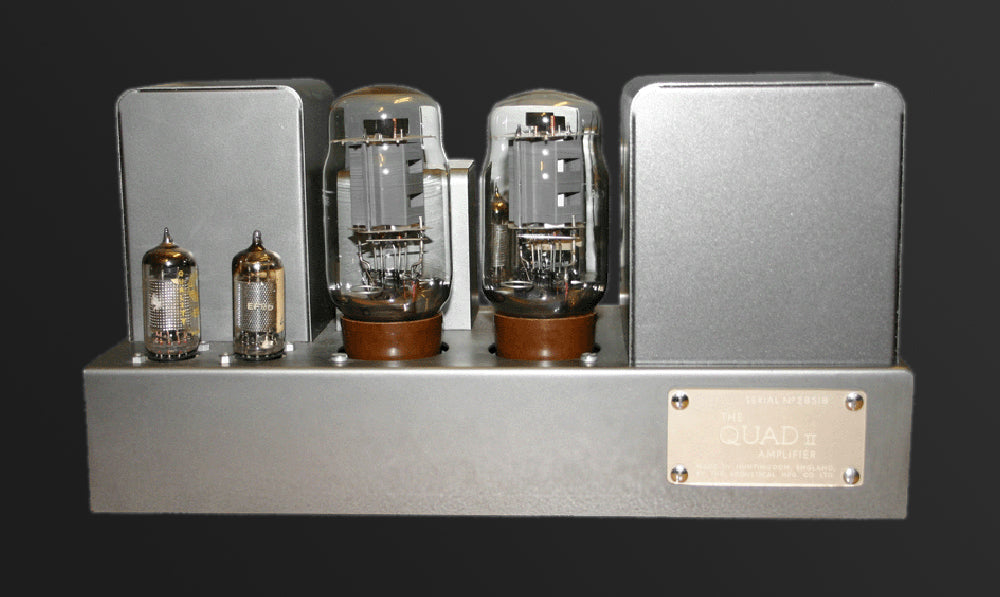
As the range expanded with new QII-forty and QC-twenty-fourmodels, QUAD continued its march back to the forefront of the British homeaudio scene.
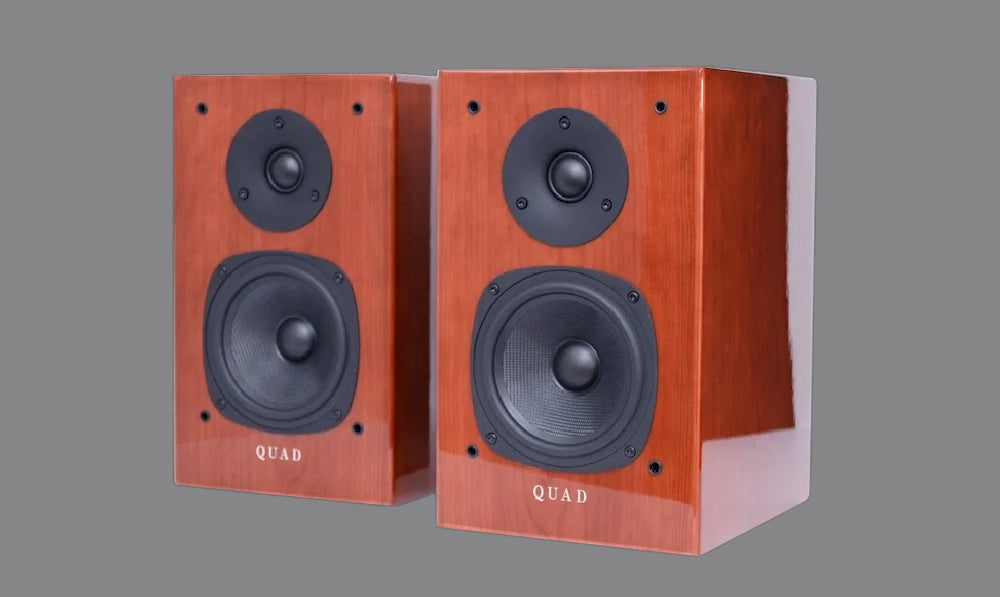
Models such as the QUAD L series exploded to critical acclaim in the early 2000s. The 11L became the ‘product of the year’ in the 2002 What Hi-Fi awards, for instance.
Later in the '00s, ESL evolved to 2905 and 2805. Legendary loudspeaker designer Peter Comeau joined IAG Group as Director of Acoustic Design, assuming the role of chief designer for the QUAD brand.

IAG Group continued to push the boundaries of QUAD development and in 2012 launched the latest version of the highly acclaimed ESL series - ESL 2812 and ESL 2912.
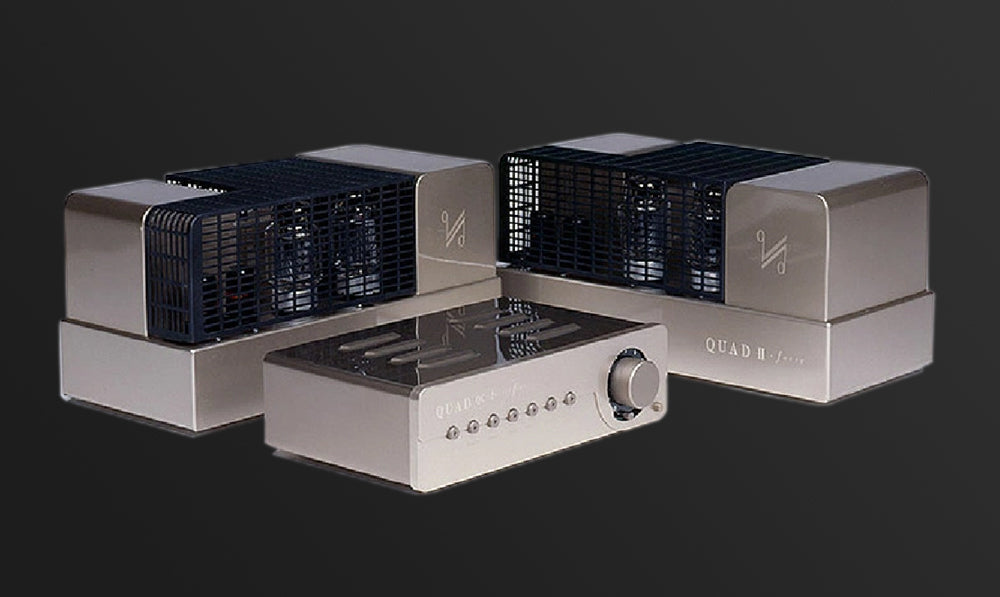
Throughout the decade of 2010, the esteemed valve designer Tim De Paravacini collaborated with the QUAD engineers to create the illustrious QUAD QC-twenty-four, QII eighty, and the reinvigorated QII series.
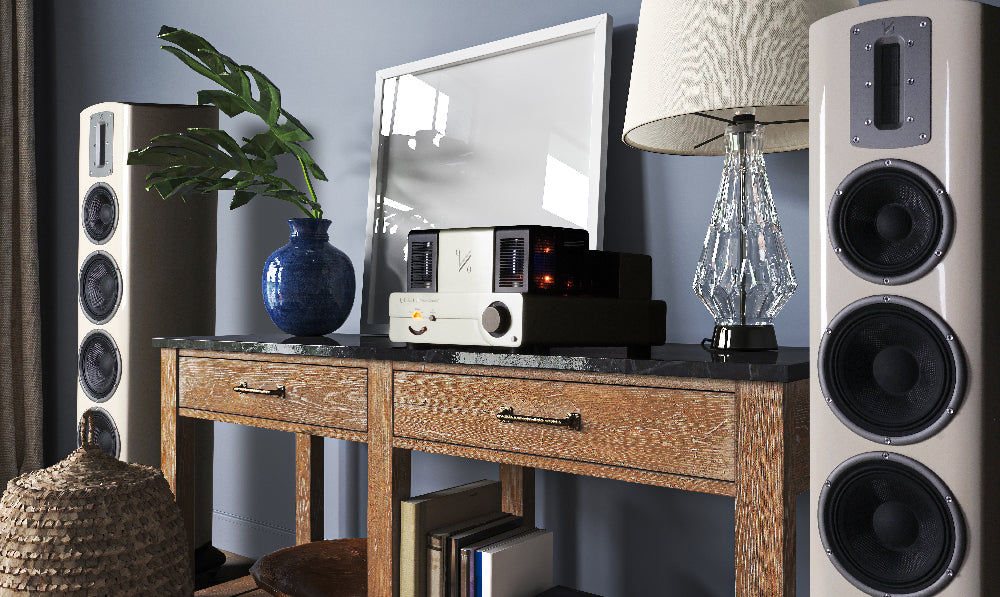
The QUAD L series was superseded by the S-Series and luxurious Z-series, designed by Peter Comeau and taking inspiration from QUAD’s classic Corner Ribbon model, with a new Ribbon Tweeter design.
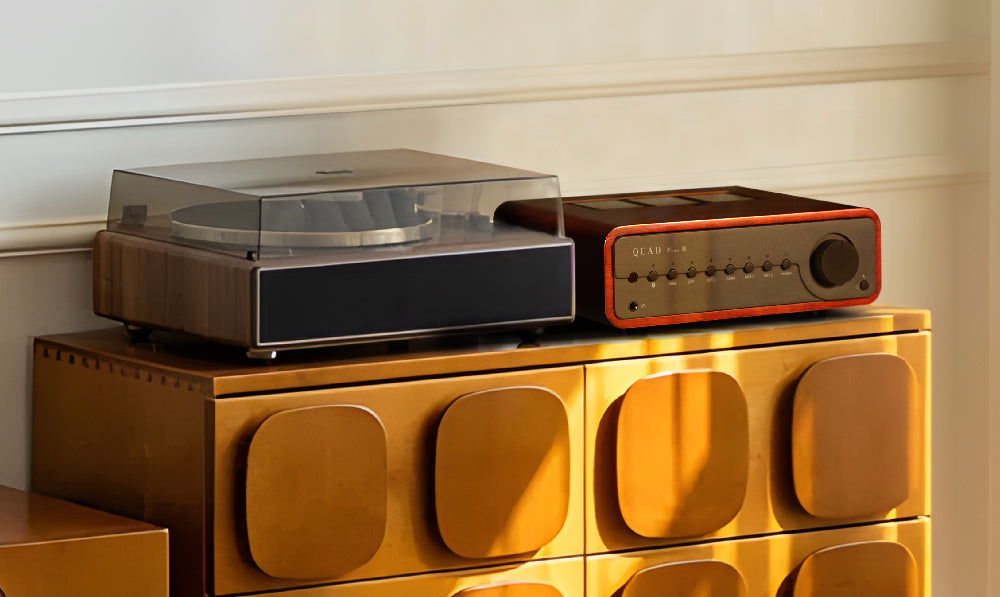
The QUAD VENA series kicked off a retro-modern inspiration with affordable integrated amplifier solutions, and Jan Ertner’s contribution continued with the QUAD ARTERA series, which embraced high-end DAC technology and eventually hi-res streaming in the form of the ARTERA SOLUS PLAY.
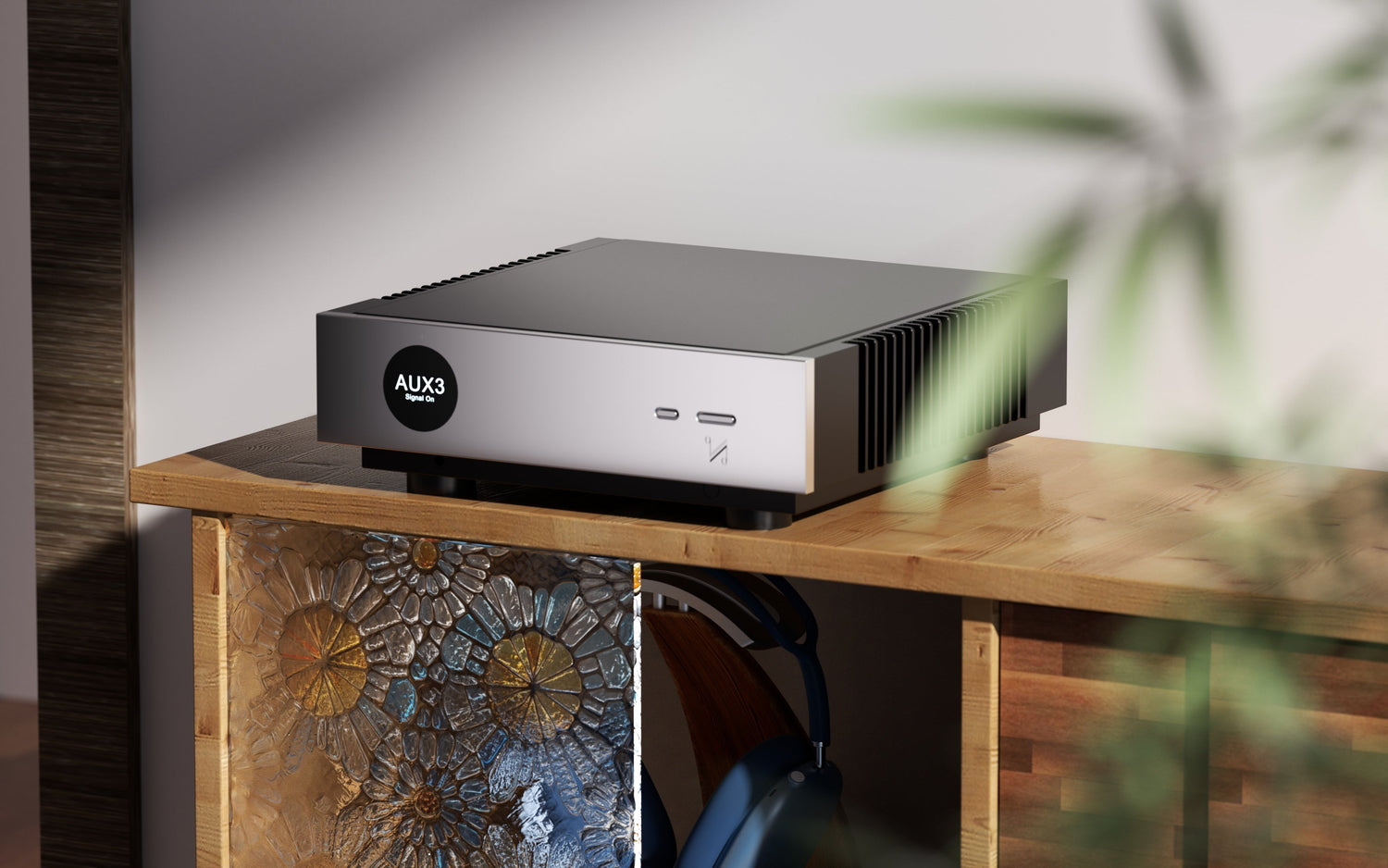
In 2015, QUAD introduced the brand new Artera series, combining the qualities that have made QUAD one of Britain’s most revered hi-fi marques for many decades with fresh industrial design and the very latest high-performance audio technologies.
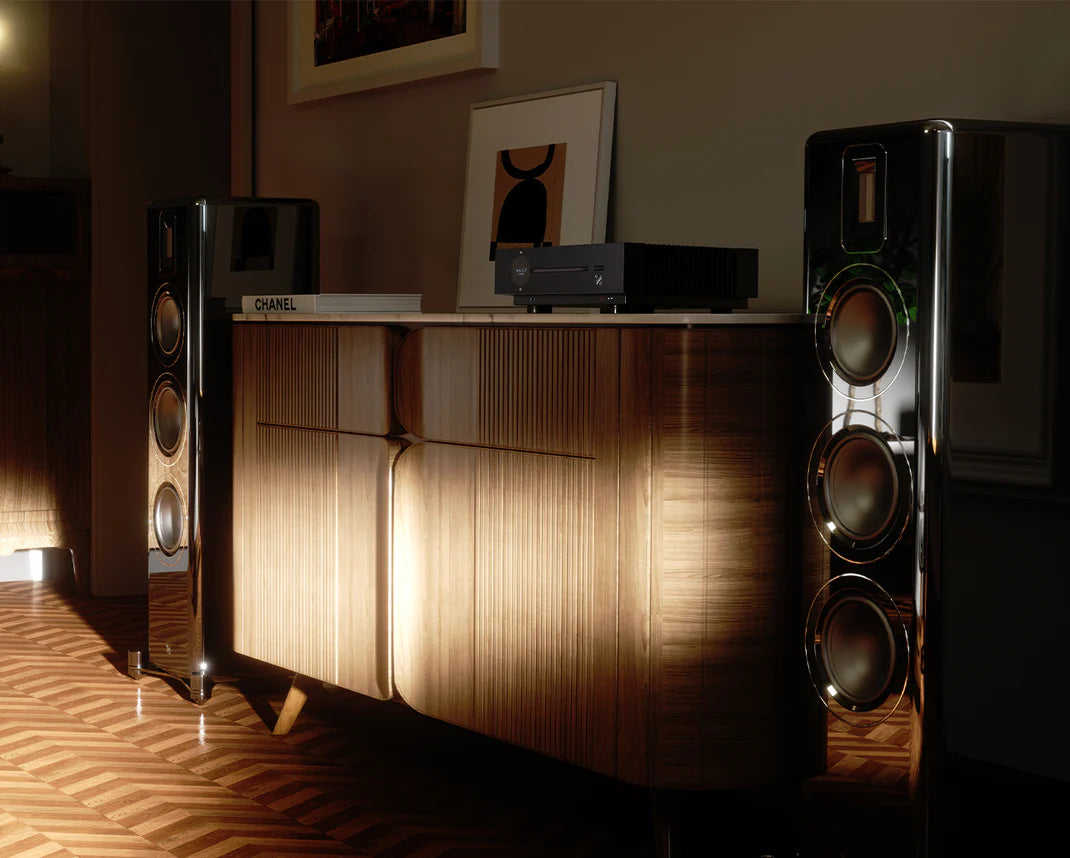
QUAD's innovation has reached another level with the release of the Revela Series in 2023.
The QUAD Revela Series is a striking new speaker series from QUAD, which harnesses highly evolved versions of classic QUAD technologies that can be traced back to 1949 and QUAD’s first speaker system, the Corner Ribbon. These technologies, elevated to breathtaking new heights using modern materials and advanced contemporary design, have resulted in two new models that are easy to accommodate and utterly beguiling to hear.
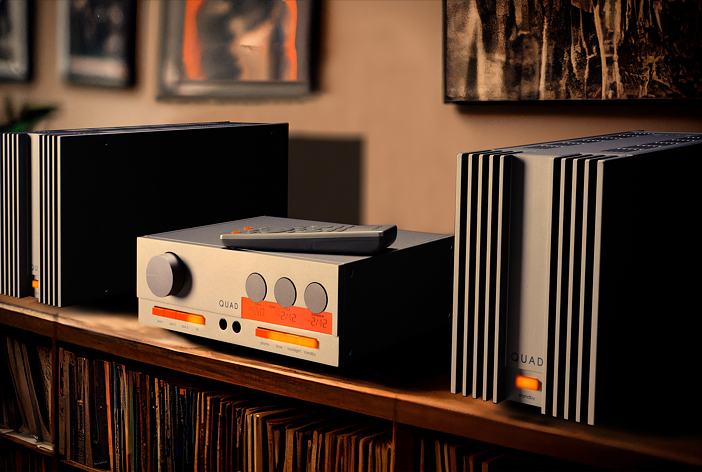
One year later, QUAD’s famous 33 preamp and 303 power amp return in fresh, revitalised form to delight a new generation of music lovers seeking a retro-modern twist.
The new editions maintain and elevate the core attributes in every respect. They capture the originals’ silky sonic delivery that set them apart from transistor-based amps of the time, adding greater clarity, detail, bandwidth and dynamic impact. This pre/power amp combination is a joy to listen to, track after track, symphony after symphony, thoroughly engaging the listener whether the volume is set low or high.

In June 2025, QUAD proudly introduces the QUAD 3 – a beautifully realised integrated amplifier that captures the essence of classic British hi-fi while delivering state-of-the-art performance for the modern listener. Echoing the celebrated designs of QUAD’s iconic 22 and 33 preamps, the QUAD 3 blends timeless industrial styling with cutting-edge connectivity and class-leading circuitry. This is not a reissue, but a reimagining: a new benchmark in integrated amplification, conceived from the ground up. With its evocative design by David McNeill, an advanced ESS-based DAC, and innovative features such as Peter Walker’s original Tilt control reborn in precision analogue form, the QUAD 3 stands as a testament to QUAD’s enduring philosophy – to bring the listener closer to the original performance. From vinyl to hi-res digital and TV integration, the QUAD 3 celebrates the past, embraces the future, and sounds utterly compelling in the present.
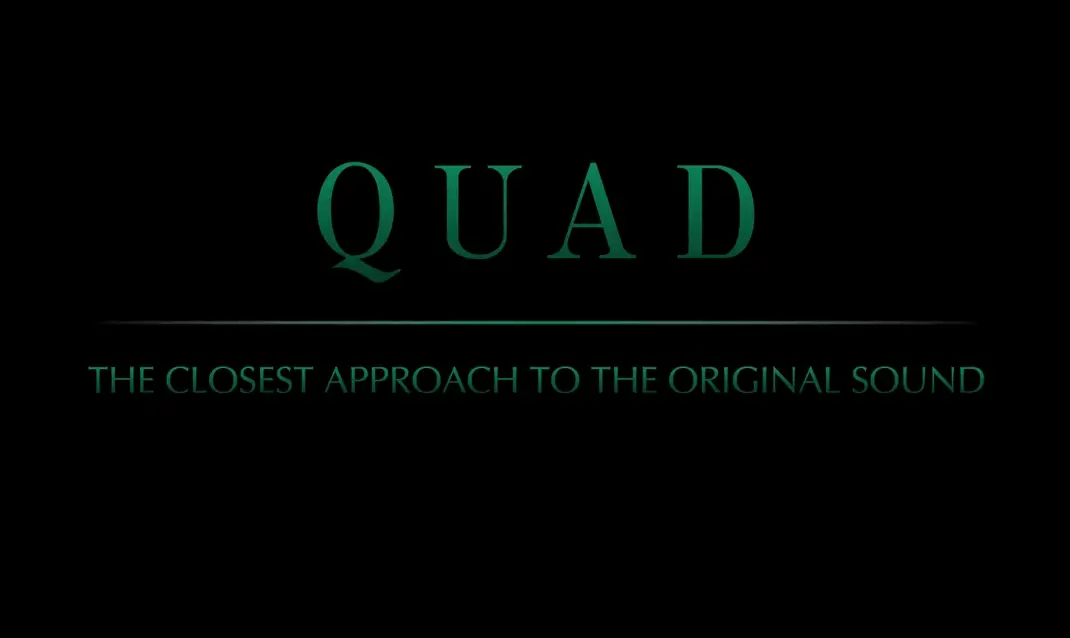
To the present day QUAD continue to develop unparalleled audio performance and technology, staying true to its heritage yet innovating and modernising its designs pushing the brand to new heights. Every product in the current portfolio has received wide international acclaim, resulting in much recognition and receiving many global awards. Our vision and goal to this day is there for a purpose…to reproduce the closest approach to the original sound.

